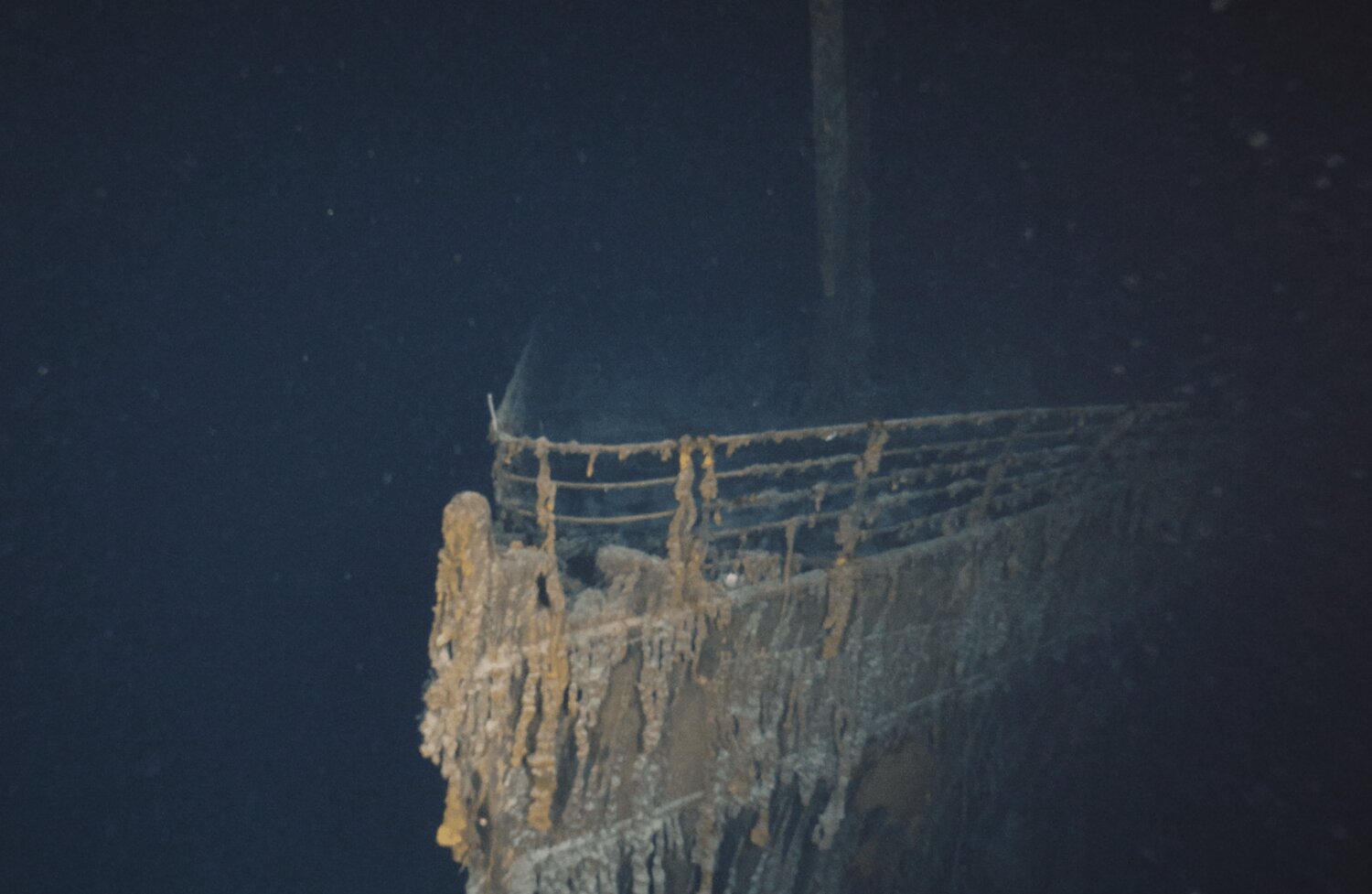LOWRY/The Titan disaster at sea
The submersible Titan is now confirmed lost.
There’s a tragic poetry to the debris of the vessel being found 1,700 feet from the bow of the Titanic, the watchword for disaster at sea that has been the object of fascination since it went down in the North Atlantic in 1912.
There have been lots of questions raised about all that led to the loss of the Titan, and the five souls aboard, perhaps most importantly, What were they thinking? How could they have taken such a monumental risk?
They were bolted inside a cramped, 22-foot-long vessel equipped with only enough oxygen for several days that could go farther down in the depths than almost anything that could conceivably rescue them if something went wrong. Why do that?
For the same reason that men have been driven to voyage on the sea, and venture under it when possible, from time immemorial. The quest for adventure, profit, survival and freedom have long motivated these nautical undertakings, and insane risk-taking has often been part of the bargain.
We rightly honor Ferdinand Magellan, but it takes only a cursory review of his famous 1519 voyage circumnavigating the globe — the mutinies, the appalling loss of life, the risky expeditions ashore — to realize he was not operating based on a normal risk-benefit calculus. Sure enough, he was killed in a battle on a Pacific island. The surviving men and ships returned from the epic journey nearly three years after it began.
It wasn’t only Europeans, of course, who conquered huge distances. European sailors in the 16th century, as Lincoln Paine relays in his masterpiece “The Sea and Civilization,” were shocked by the size of the Pacific, as well as the fact that the majority of the small islands dotted across the vastness were inhabited. One officer wondered of the people on the remote Tuamotu Islands, “Who the devil went and placed them on a small sandbank like this one and as far from the continent as they are?”
As it happens, no one placed them there — they got there under their own power.
Almost three-quarters of the Earth’s surface is water, and it is enormously important economically and geo-strategically. According to the National Ocean Service, “In 2017, the U.S. maritime transportation system carried $1.6 trillion of cargo through U.S. seaports to and from our international trading partners.”
As Lincoln Paine notes, without its commitment to what he calls “maritime enterprise,” we may never have seen the rise of Western Europe. Today, who ends up controlling the Taiwan Strait may eventually help determine the future of the world.
Yet, it’s easy to forget the centrality of the seas to the modern world, as Gregg Easterbrook points out in his book, “The Blue Age.” Gigantic container vessels, the lifeline of the world economy, are mostly unseen, unless you live near a port. No one thinks of the undersea cables that support the internet. The pipelines under the ocean are similarly invisible.
For all its usefulness, the sea is a hostile and unforgiving environment. The great artist of the sea, the British painter J.M.W. Turner, brings home in his work the overwhelming force of the oceans and the terror when something goes wrong.
The margin for error at great depths especially is nonexistent. The U.S submarine Thresher suffered a cascade of failures and imploded at a depth of roughly 2,300 feet during diving tests in 1963. The implosion took as little as one-twentieth of a second, “too fast to be cognitively recognized by the men within the submarine,” as an article in Naval History Magazine puts it. The debris field spread over 33 acres of the ocean floor.
Lincoln Paine quotes an ancient Greek epigram that is unsparing:
“All sea is sea....
Pray if you like for a good voyage home,
But Aristagoras, buried here, has found
The ocean has the manners of an ocean.”
Rich Lowery is editor of National Review, a leading conservative magazine founded by William F. Buckley.



